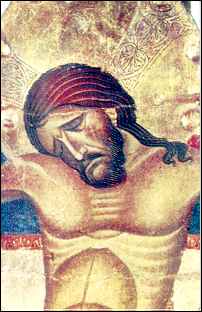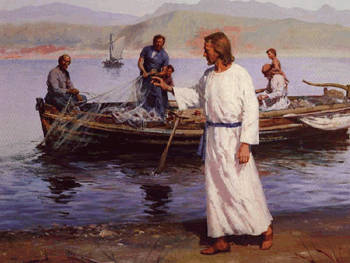Rome, Mar. 6 (ANI): Pope John Paul II’s shortcut to sainthood has come in danger after doubts were raised over his prerequisite miracle, in which the late pontiff reportedly cured a nun of Parkinson’s disease by prayers.
The Catholic Church normally waits five years after a potential candidate’s death before starting the process for beatification, but John Paul was put on the path to sainthood by his successor Pope Benedict XVI just a month after his death in April 2005, The Independent reports.
 News of the “miracle” emerged three years ago when a French nun, 48-year-old Marie Simon-Pierre, claimed that her Parkinson’s symptoms vanished in 2005 after prayers were made to the recently deceased John Paul, who was the Pope for 26 years.
News of the “miracle” emerged three years ago when a French nun, 48-year-old Marie Simon-Pierre, claimed that her Parkinson’s symptoms vanished in 2005 after prayers were made to the recently deceased John Paul, who was the Pope for 26 years.
Sister Marie was quoted as saying that as her whole order prayed on her behalf, she scribbled the Pope’s name on a piece of paper only to wake up the next day completely cured.
“It’s like a second birth. I feel like I’ve discovered a new body,” she had said.
However, new reports have surfaced saying that Sister Marie Simon-Pierre has experienced a return of Parkinson’s-like symptoms.
It is being suggested that her original condition may not have been Parkinson’s at all, but a neurological illness with similar symptoms that can go into temporary remission.
Meanwhile, a Vatican spokeswoman has denied reports suggesting that John Paul II’s beatification has been put back until 2011 after emerging doubts about the nun’s “cure.”
“There was no set date for the process, so there’s no question of a delay,” she said.
John Paul II moved closer to sainthood in December last year after Pope Benedict bestowed on him the title “venerable”.
Evidence that he performed a miracle is required for the next step, beatification, and now evidence of a further miracle would be needed for him to be declared a saint. (ANI)




 "What harm would it do, if a man told a good strong lie for the sake of the good and for the Christian church [...]a lie out of necessity, a useful lie, a helpful lie, such lies would not be against God, he would accept them. --Martin Luther cited by his secretary, in a letter in Max Lenz, ed., Briefwechsel Landgraf Phillips des Grossmüthigen von Hessen mit Bucer, vol.I."
"What harm would it do, if a man told a good strong lie for the sake of the good and for the Christian church [...]a lie out of necessity, a useful lie, a helpful lie, such lies would not be against God, he would accept them. --Martin Luther cited by his secretary, in a letter in Max Lenz, ed., Briefwechsel Landgraf Phillips des Grossmüthigen von Hessen mit Bucer, vol.I."
























